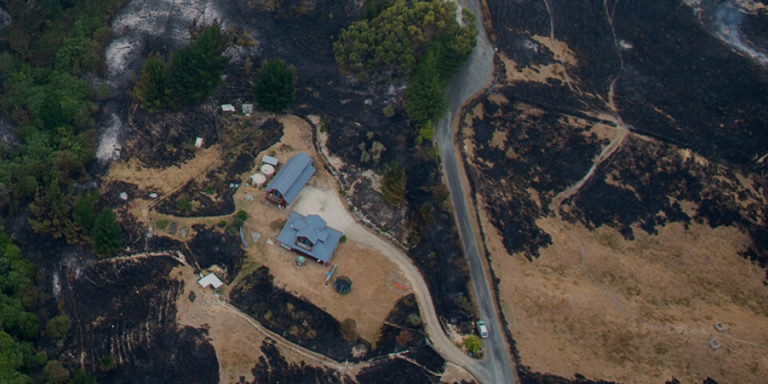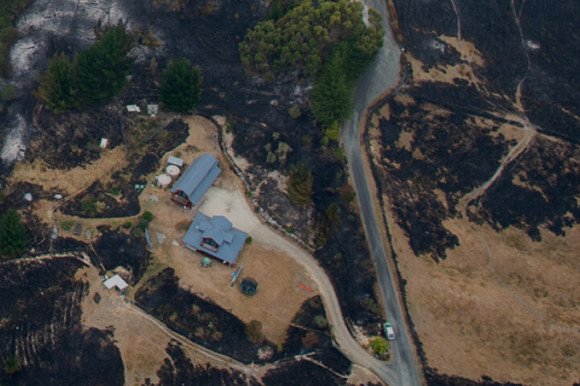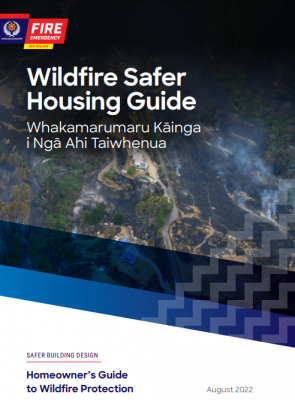Protect your home from outdoor fires
Don’t wait until there’s smoke in the air to prepare
Help defend your home and property from wildfire and start doing these things now.
Use this space to note any additional information about your escape plan, i.e. who will assist
Smoke is poisonous and more deadly than flames.
If you breathe smoke for more than a few breaths it can kill you.
A house fire can kill you in less than three minutes.
Don't spend time trying to save possessions.
A closed door buys you time.
It slows down the spread of fire, giving you more time to get to safety.
People have died by going back into a fire.
Don't leave the meeting place to go back inside for any reason.


Don’t wait until there’s smoke in the air to prepare
Help defend your home and property from wildfire and start doing these things now.
On this page
Start with your home and work your way out:
Your home and everything up to 30 meters surrounding it will determine if a fire can burn your house down.
Unlike floods, hurricanes or earthquakes, there are simple and often inexpensive ways to make your home safer and increase its chances of surviving a fire.
If you live closer than 30 meters from your neighbor, it will pay to talk to them. What occurs on their property will impact on yours.
|
Wildfire prevention and readiness campaign resources
|
Embers are the leading cause of home losses.
Embers from fires are carried to homes by wind. They can travel kilometres from a large fire and land on or near a house, where they ignite flammable material.
Embers will settle in areas around your home, often where leaves and other windblown material gathers.
Keep your house clear of flammable materials that can ignite from embers:
Ground fires are typically fires that burn through low vegetation such as dry grass on the ground.
Ground fires will burn faster upslope or downwind. Remember, if it’s attached to the house, its part of the house.
These fires can burn a house down by:
Fires produce a lot of radiant heat that can pre-heat and ignite the flammable parts of a home.
Make sure there are no large heat sources near your house:
The risk of wildfire threat to housing is on the increase. Factors such as climate change, modern building methods (the trend to open plan design means houses are less compartmentalised), lightweight and composite building materials (often with a synthetic mix) and denser populations living nearer to the natural environment have significantly increased this risk.
If you’re a homeowner living in a rural environment, we’d like to provide some advice on how to better protect your home from wildfire.
Fire and Emergency New Zealand have proactively developed voluntary guidance for housing design to improve the survivability of standalone homes that could be at risk from wildfire.
Using a combination of national and international research from the two domains of Fire Engineering and Wildfire Science, and input from industry and public stakeholders, we have produced the Wildfire Safer Housing Guide to inform design and offer homeowners better protection from wildfire events in New Zealand.
The Guide has been shared with councils, construction industry bodies and regulators, and at-risk communities to raise awareness of ways to protect homes from wildfires.
